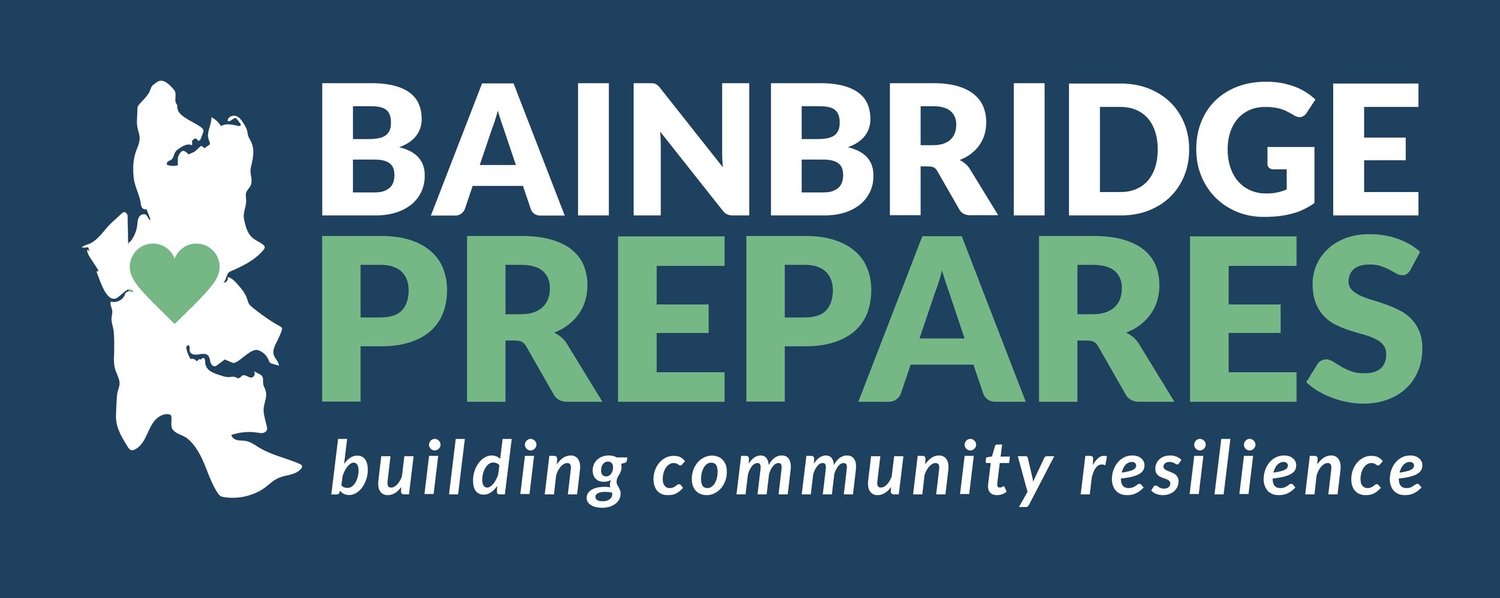Reflecting on 22-Year Anniversary of the Nisqually Earthquake
 The anniversary of the biggest Washington State earthquake in the last two decades came and went peacefully on February 28. In 2001, the 6.8-magnitude, 30–40 second Nisqually earthquake with an epicenter 30 miles below the Olympia area resulted in 400 injuries and more than $4 billion in damages.To mark the anniversary, Brian Terbush, Washington Emergency Management Division Earthquake Program Coordinator, wrote an article for the WA EMD blog that reflects on earthquakes and our preparedness. Terbush reviews the types of earthquakes we might experience here in Washington:
The anniversary of the biggest Washington State earthquake in the last two decades came and went peacefully on February 28. In 2001, the 6.8-magnitude, 30–40 second Nisqually earthquake with an epicenter 30 miles below the Olympia area resulted in 400 injuries and more than $4 billion in damages.To mark the anniversary, Brian Terbush, Washington Emergency Management Division Earthquake Program Coordinator, wrote an article for the WA EMD blog that reflects on earthquakes and our preparedness. Terbush reviews the types of earthquakes we might experience here in Washington:
- Deep earthquakes in the subduction zone beneath the western part of the state
- Shallower but intense-shaking earthquakes on the Seattle Fault, Tacoma Fault, Chelan Fault, Lake Creek Fault, Saddle Mountain Fault, and other crustal faults
- High intensity (9.0+ magnitude) and long-lasting (maybe 5-6 minutes) earthquakes (and tsunamis) along the Cascadia Subduction Zone (700 mile region along the coast)
The Nisqually earthquake happened deep below the surface. The recent earthquake in Türkiye and Syria was a crustal-fault earthquake, close to the surface with very intense and damaging shaking.What to Do?Terbush uses his article to remind people to Drop, Cover, and Hold on the second the earthquake begins:
- Get low to the ground so you can't fall.
- Cover your head and neck with your arms and take cover under sturdy furniture.
- Hold on so you don't get shaken out from your cover.
Terbush reminds us that it's a good idea to think in advance about where you would seek cover during an earthquake if it struck at home, at school, at work, or wherever you are right now.He also recommends installing the MyShake App or making sure you can receive USGS ShakeAlert Earthquake Early Warning alerts. These alerts might give you a brief heads up to take cover right before the shaking starts.Finally, Terbush suggests that people look around the spaces where they spend the most time to make sure they are safe. Are tall pieces of furniture and appliances latched to the wall so they won't fall on you? Is masonry in your home or office building reinforced?Read the entire article here.
